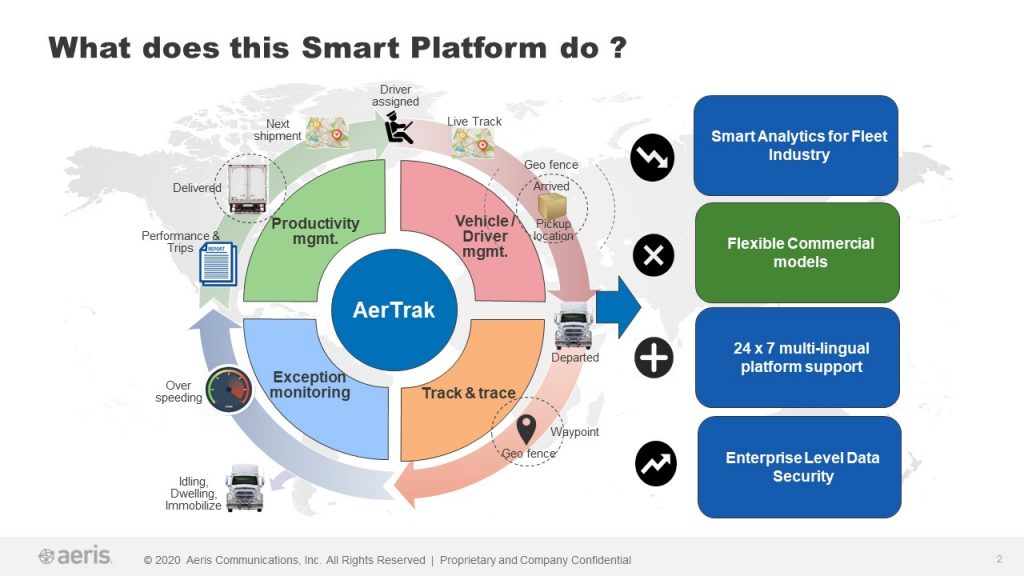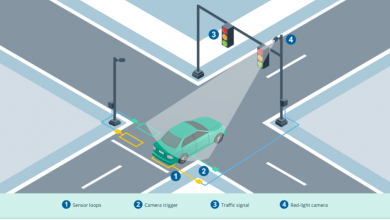The Future of shared and connected mobility

India is at an intonation point in the advancement of its mobility system framework. As the second most populated nation, India has a chance to reclassify individual versatility and set a model for different countries. India can build up a shared mobility framework that makes benefits for the entirety of its residents by utilizing local qualities in information, availability, and business enterprise.
According to a report by Prescient & Strategic Intelligence, the Indian shared mobility market was valued at $630.7 million, in 2018, which is expected to surpass $3,466.7 million by 2024, with a CAGR of 27.6% during the forecast period (2019–2024).

As per a NITI Aayog report, India could save 64 percent of energy demand for road transport and 37 percent of carbon emissions by 2030 by pursuing a shared, electric and connected mobility future. To understand a shared mobility future, some current patterns need to be observed like the Indian urban areas are currently seeing expanding responsibility for private vehicles and are diminishing the utilisation of open and non-mechanized vehicle. These patterns have suggestions on India’s vitality utilization, vitality security, economy, contamination, blockage, wellbeing, and security. Moreover, private vehicle use has noteworthy ramifications ashore necessities for leaving in Delhi, for instance, leaving represents 8–10% of the accessible land pool. A transition to shared mobility can help address these growing challenges. This shift will enable efficient asset utilization by transitioning from a model of ownership of private assets to usership of shared assets. Shared mobility has the potential to displace private vehicle ownership, which is typically costly, inequitable, and inefficient in comparison. This could unlock a transportation future that is more affordable, reliable, clean, and efficient.
Smart and shared mobility allows the movement of both goods and people which leads to better fleet utilisation-allowing more passengers and goods to travel in the same vehicle/vehicle kilometre travelled. On a global scale, the trend of car-sharing and shared mobility in whole is increasing steeply and is exhibiting significant growth. Carsharing compliments public transportation and ride sourcing, effectively serving different mobility requirements. Ubiquitous availability of and access to vehicles, real-time information availability, competitive pricing structures, and availability of multiple options for vehicle types, can enhance the usability and attractiveness of carsharing.
Harping upon the growth of shared mobility in India and around the globe, many car sharing companies have enhanced their business in the country to reduce urban traffic congestion and simultaneously contribute to the betterment of the environment. Numerous startups emerged in the online and mobile app space and individuals started pooling their own cars as a gesture to curb congestion in cities. Despite its relatively short existence, shared micro-mobility services have made a significant impact on the urban commuting landscape i.e., mopeds and bikes have also always been a prime way of commuting and with the onset of shared telematics mobility many local startups have ventured into this space across the country.

Dockless micro-mobility (whether its e-scooters or other short-distance shared vehicles, such as bikes) utilizes GPS technology and other smart features powered by the Internet of Things (IoT).
The growing shared mobility ecosystem has the potential to create new jobs as the mobility system shifts from product-centric to service-centric. A shared mobility future will require infrastructure, technological, and operational developments, which will drive employment in these sectors.
Efficient transportation needs to be in place for the country for a well-functioning ecosystem for shared mobility. This is a foreseeable future for India and the transition would be easy if the transportation system is more efficient, cleaner, and meets the needs of its growing population. In working towards the goal of shared mobility, India will set itself up for clean, liveable cities and set an example for other nations of how to sustainably meet the transportation needs of a growing global population.
About the Author:
Sameer Mahapatra is the Vice President and Country Sales Head-India & SAARC at Aeris Communications. He is an experienced leader with a demonstrated history of working in the telecommunications industry for the last 20 years. He has been a part of the industry’s top corporates like Standard Chartered, VSNL, Reliance Communications and Vodafone India Limited.
Published in Telematics Wire





